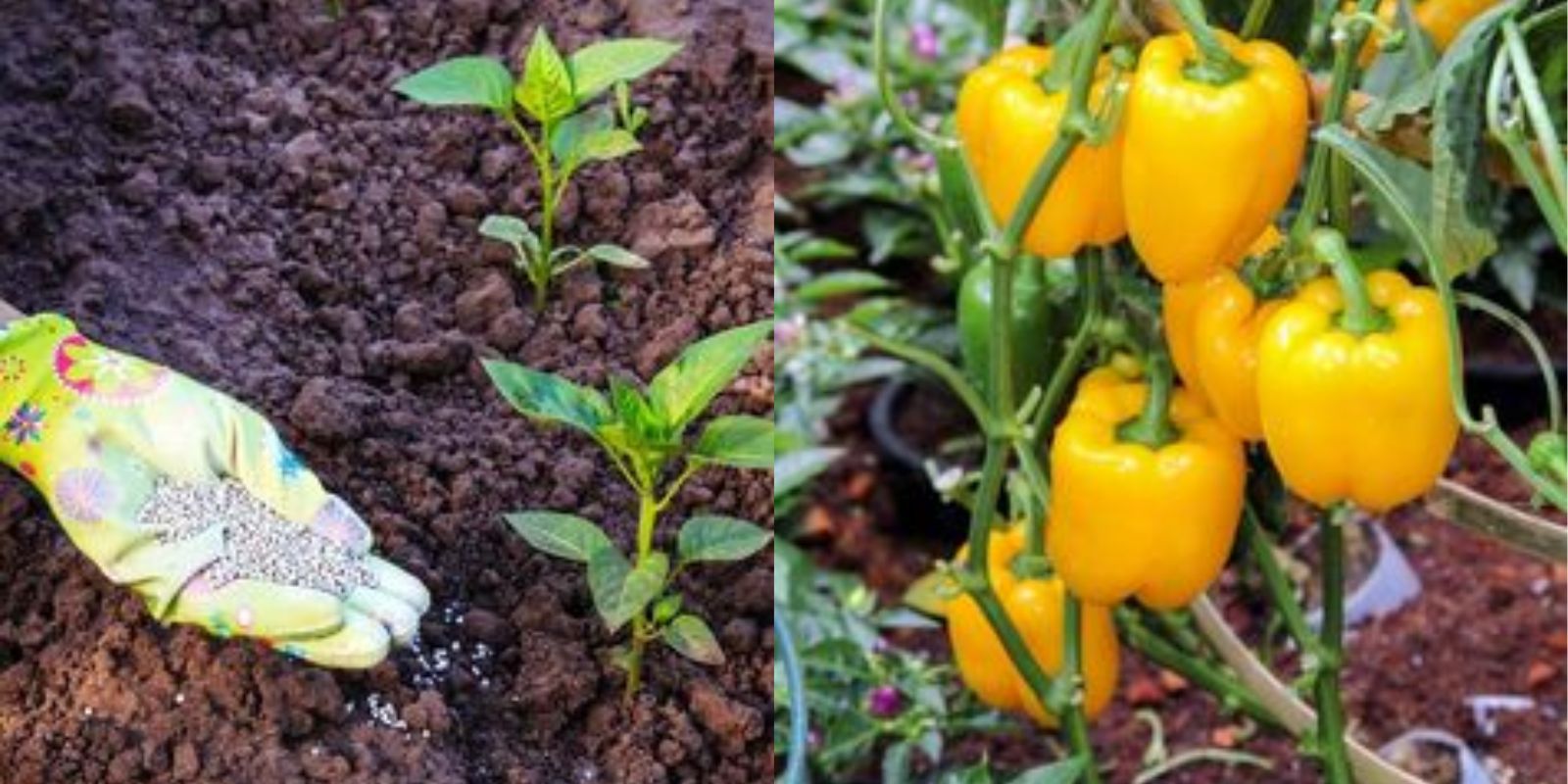To grow tasty and healthy peppers without buying them is not only a satisfying endeavor but also a practical way to ensure a fresh supply of produce right from your garden. This article explores how you can cultivate delicious peppers at home, covering everything from selecting the right varieties to harvesting the fruits of your labor. Discover the joys of homegrown peppers and embark on a journey to enhance your gardening skills and culinary delights.
Introduction
Growing your own peppers offers a multitude of benefits, from enjoying fresh and flavorful produce to saving money and reducing reliance on store-bought vegetables. Whether you have a sprawling garden or a small urban balcony, peppers are versatile plants that can thrive in various environments with proper care and attention. This article guides you through the process of cultivating delicious and healthy peppers at home, providing practical tips and insights for every step of the journey.
Choosing the Right Pepper Varieties
The first step in growing peppers is selecting the right varieties that suit your climate, growing space, and culinary preferences. Here are some popular pepper varieties to consider:
- Bell Peppers: Known for their sweet flavor and crisp texture, bell peppers come in various colors, including red, yellow, orange, and green.
- Jalapeños: These medium-spicy peppers are excellent for adding heat to dishes like salsas, sauces, and grilled foods.
- Sweet Banana Peppers: Mild and slightly tangy, sweet banana peppers are perfect for fresh salads, pickling, and stuffing.
- Cayenne Peppers: These hot peppers are ideal for drying and grinding into spicy powders or flakes to enhance dishes with a kick of heat.
Choose pepper varieties that thrive in your region’s climate and match your gardening goals, whether you’re aiming for fresh eating, cooking, or preserving.
Preparing the Planting Area
Peppers thrive in sunny locations with well-draining soil. Follow these steps to prepare your planting area:
- Choose a Sunny Spot: Select a location that receives at least 6-8 hours of sunlight daily. Peppers require ample sunlight to produce healthy fruits.
- Prepare the Soil: Ensure the soil is fertile, well-draining, and rich in organic matter. Amend the soil with compost or well-aged manure to improve nutrient availability and soil structure.
- Consider Raised Beds or Containers: If you have limited garden space or poor soil conditions, consider planting peppers in raised beds or containers filled with quality potting mix.
Starting Peppers from Seeds
Starting peppers from seeds allows you to choose specific varieties and get a head start on the growing season. Follow these steps to start peppers indoors:
- Seed Starting Mix: Use a seed starting mix or a lightweight potting mix designed for seedlings. Fill seed trays or small pots with the mix.
- Planting Seeds: Plant pepper seeds ¼ inch deep and water gently. Place trays or pots in a warm location or use a heating mat to encourage germination.
- Transplanting Seedlings: When seedlings have developed several sets of true leaves and outdoor temperatures are consistently warm (typically after the last frost date), transplant them into the garden or larger containers.
Caring for Pepper Plants
Successful pepper cultivation relies on providing optimal care throughout the growing season. Follow these essential care tips:
- Watering: Peppers prefer consistent moisture. Water deeply when the top inch of soil feels dry, especially during hot weather or drought conditions.
- Fertilizing: Apply a balanced fertilizer or compost around the base of plants every 4-6 weeks. Avoid over-fertilization, which can lead to lush foliage at the expense of fruit production.
- Mulching: Apply a layer of organic mulch, such as straw or shredded leaves, around pepper plants to conserve moisture, suppress weeds, and moderate soil temperature.
- Supporting Plants: Tall or heavy-bearing pepper varieties may benefit from staking or trellising to support their stems and prevent them from bending or breaking under the weight of fruits.
Dealing with Pests and Diseases
While peppers are generally low-maintenance, they can be susceptible to pests like aphids, flea beetles, and diseases such as fungal infections. Use these organic methods to manage common issues:
- Natural Predators: Encourage beneficial insects like ladybugs and lacewings, which feed on aphids and other pests.
- Neem Oil Spray: Apply neem oil spray as a natural insecticide and fungicide to control pests and prevent fungal diseases.
- Companion Planting: Plant companion herbs like basil, cilantro, or marigolds to deter pests and attract beneficial insects.
Harvesting and Enjoying Peppers
Harvesting peppers at the right time ensures optimal flavor and texture. Follow these guidelines for harvesting:
- Timing: Harvest peppers when they reach their mature color (e.g., green, red, yellow) and size. Use a sharp knife or scissors to cut peppers from the plant, avoiding damage to the stems or neighboring fruits.
- Storage: Store harvested peppers in a cool, dry place or refrigerate them for up to two weeks. Some pepper varieties can also be frozen or preserved through pickling or drying.
Conclusion
Growing your own peppers at home is a rewarding experience that allows you to savor fresh, flavorful produce while honing your gardening skills. Whether you’re a novice gardener or seasoned enthusiast, cultivating peppers provides numerous benefits, from reducing food costs to promoting sustainable living practices. Embrace the joy of gardening and enjoy a bountiful harvest of delicious peppers straight from your garden. Share your gardening journey, tips, and success stories with others who are passionate about growing their own food. Happy gardening! 🌶️

